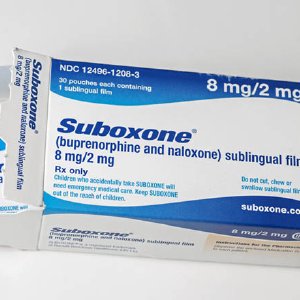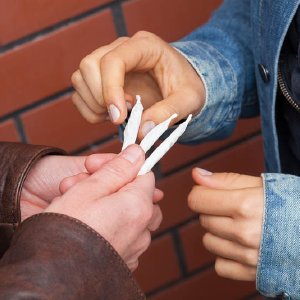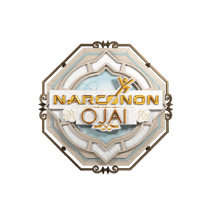The Irony of Medication-Assisted Treatment
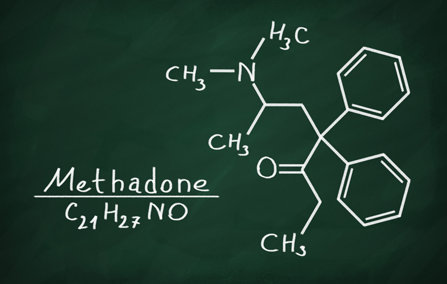
As pointed out in a recent Washington Post article, treating addiction to one drug by giving a person a second drug is not a new concept. In the late 1800s and early 20th Century, physicians used morphine as treatment for those who could not control their drinking. This was followed in the early 20th Century by the prescription of heroin, a new product from the Bayer Corp., to treat people who were addicted to morphine or alcohol.
Sigmund Freud even got into this trend of treating addiction with another drug by recommending cocaine to cure addiction to morphine, alcohol, heroin or even tobacco.
In each of these cases, the cure was just as bad or worse than the original complaint. Each time, physicians and other experts in the fields of medicine and addiction recovery let themselves be convinced that these new remedies were not themselves addictive—an impression that proved to be dead wrong every time.
In fact, though it is not included in a list of erroneous treatment in the article, this trend continues to this day, as methadone is still prescribed for heroin or painkiller addiction. And several years ago, the use of buprenorphine, a powerful opioid (synthetic opiate) much stronger than heroin, offered another alternative to methadone. Both these drugs are addictive. So a person’s dependence on drugs continues, often for many years, as long as this is the treatment chosen. These treatments come under the heading of Medication-Assisted Treatment or MAT.
Marijuana Is Now Being Considered for MAT
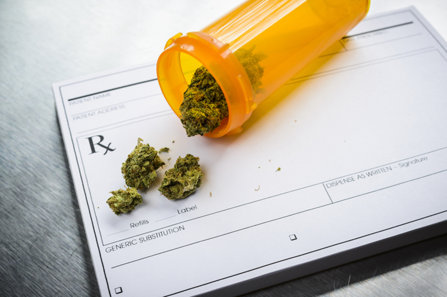
In Massachusetts, a doctor is testing out the use of medical marijuana for those addicted to opioids, anti-anxiety medications like Xanax or Valium, or muscle relaxers like Soma. In response to this concept, the Washington Post comments, “The history of analogous miracle cures is as long as it is discouraging.”
But now scroll down to the bottom of the article. The author observes that there are multiple, well-researched medications available in today’s world. A link takes one to a page of the National Institute on Drug Abuse (NIDA) website where methadone, buprenorphine and other drugs are listed.
The author seems to miss the irony of his featuring the latest forms of drug-based treatment in an article about how “discouraging” earlier methods were.
The NIDA website claims that use of methadone and buprenorphine DO NOT substitute one addiction for another. The fact of the matter is that as long as a person is taking methadone or buprenorphine, they are consuming an opioid, a highly addictive substance. These people can’t stop taking these drugs without going through severe withdrawal symptoms. We’ll leave it to you to decide whether or not they are addicted.
Narconon Offers a Drug-Free Alternative
There is a choice for drug rehabilitation that does not involve the use of any drugs at all. It’s not actually “treatment” of addiction – it’s rehabilitation of an individual’s ability to enjoy a drug-free life. And that choice is Narconon.
For more than fifty years, on six continents, the Narconon program has enabled tens of thousands of people to reclaim their productive, sober lives. Because this program rehabilitates the ability to stay sober, each day is not a struggle to stay sober. It’s not one day or one hour at a time. It’s creating a new sober pattern of living, using one’s own sense of responsibility and life skills.
This is the choice many families and individuals are looking for, especially when they have tried other rehabs before. As one mother said, “I don’t want my son to come home on six medications like he did the last time he was in rehab.” To learn more about this drug-free choice, give us a call.
To read the Washington Post article, click here.
